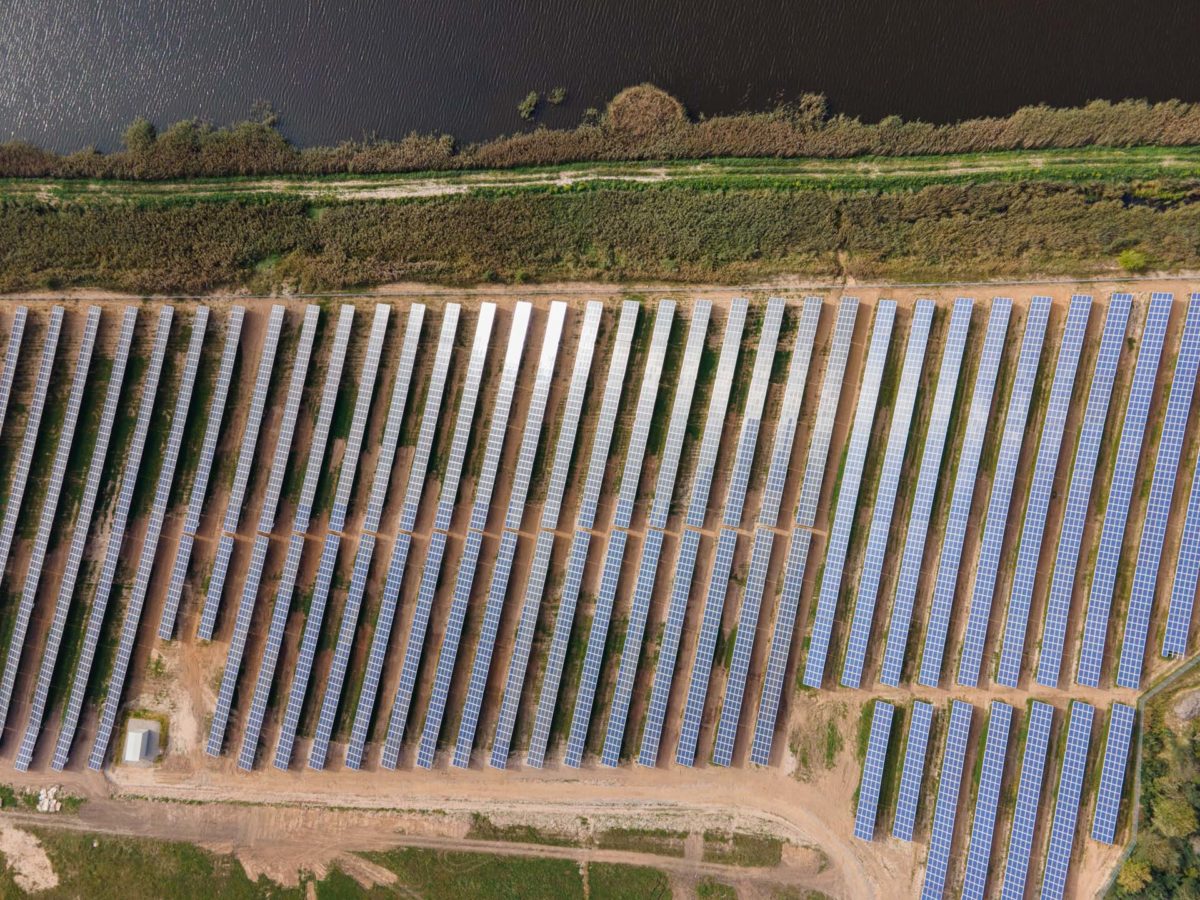Latvian renewable energy developer PurpleGreen Energy B plans to build a 400 MW solar power plant in Balvi, in the northern Latgale region of Latvia, on the border with Russia.
The company expects to begin construction on the facility next year, as reported by the Public Broadcasting of Latvia. The plant will be situated on an agricultural surface owned by the local farmer Kotiņi.
The media outlet said that the location choice was influenced by the proximity of a high-voltage power line currently connected to Russia, which is set to be disconnected soon. Latvia has plans to transition away from Russia's high-voltage electricity lines by 2025, according to the article.
This is not the first large-scale PV project under development in the Baltic country. In January, Green Genius said it was set to build a 100 MW of unsubsidized solar in Jekabpils, southeastern Latvia. The Lithuanian renewables developer said this solar park could sell electricity to the spot market or via power purchase agreements.
Lithuania-based Ignitis announced a plan in September to invest up to €270 million ($273.8 million) in acquiring an undisclosed Latvian renewables company. The company holds the rights to develop a 200 MW hybrid wind-solar project at an undisclosed location in Latvia. Ignitis, which currently operates a 4 MW solar park in Obeniai, Lithuania, will increase its total capacity to 7.4 MW this year, according to a company spokesperson cited by pv magazine.
Latvia had 56 MW of cumulative solar capacity by the end of last year, with the majority, 49 MW, deployed in 2022, according to the International Renewable Energy Agency (IRENA). The country currently supports rooftop PV through a net metering scheme.
This content is protected by copyright and may not be reused. If you want to cooperate with us and would like to reuse some of our content, please contact: editors@pv-magazine.com.




1 comment
By submitting this form you agree to pv magazine using your data for the purposes of publishing your comment.
Your personal data will only be disclosed or otherwise transmitted to third parties for the purposes of spam filtering or if this is necessary for technical maintenance of the website. Any other transfer to third parties will not take place unless this is justified on the basis of applicable data protection regulations or if pv magazine is legally obliged to do so.
You may revoke this consent at any time with effect for the future, in which case your personal data will be deleted immediately. Otherwise, your data will be deleted if pv magazine has processed your request or the purpose of data storage is fulfilled.
Further information on data privacy can be found in our Data Protection Policy.